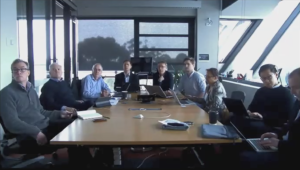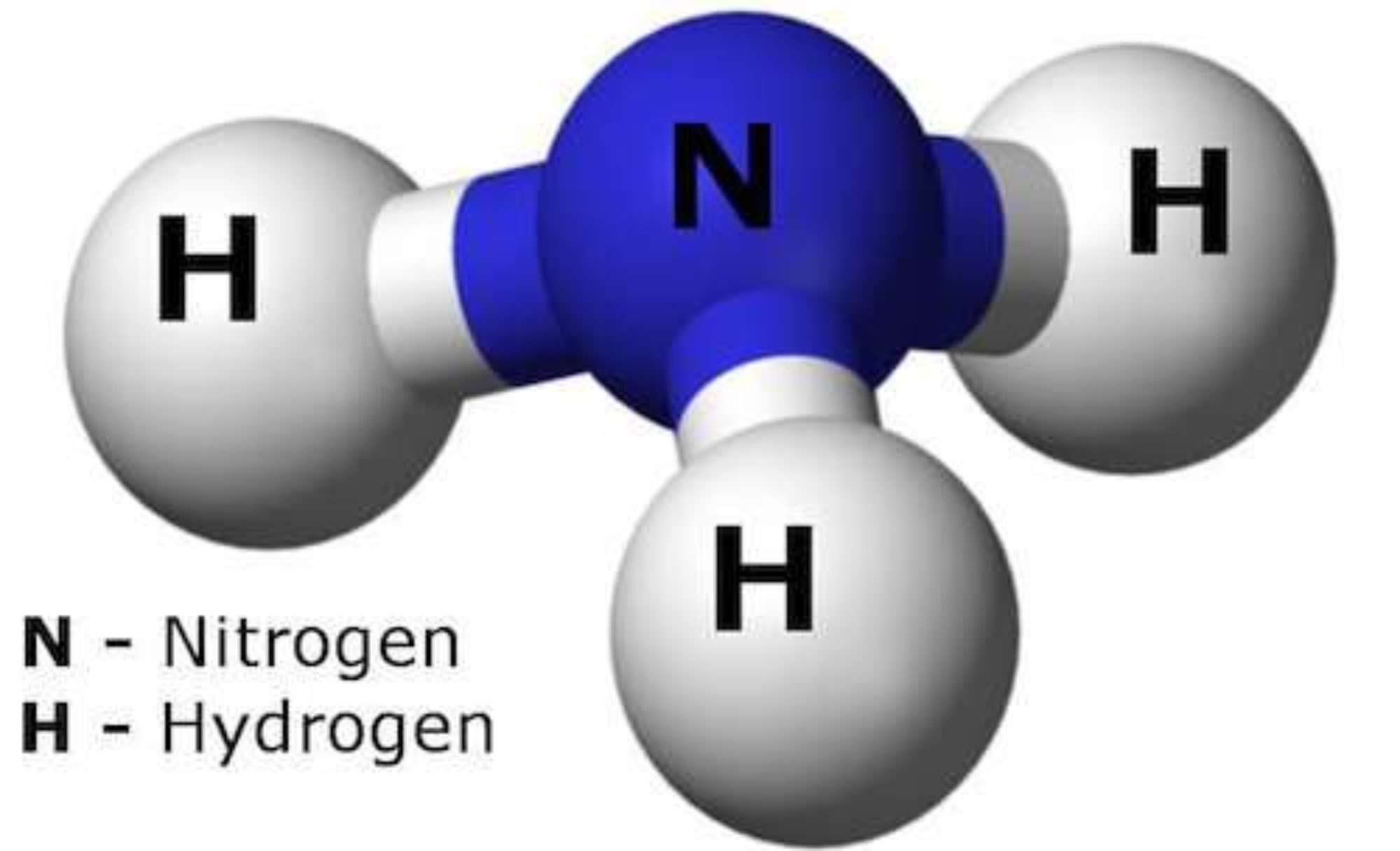Ammonia Energy Coming on Like Gangbusters in Australia
NH3FA.Oz, the Australian chapter of the NH3 Fuel Association, held a meeting on August 30 in approximate observance of its one-year anniversary. John Mott, one of the founders of NH3FA.Oz and a member of the NH3 Fuel Association’s Advisory Board, reported that more than two dozen stakeholders from academia, industry, and the public sector participated. The meeting came on the heels of the rapid-fire release of three significant reports, and preceded by a week the announcement of an important set of research grants. The meeting, the reports, and the announcement all made clear that ammonia is fast becoming a fixture in Australian energy policy.
The first report, released on August 1, was commissioned by Australian Renewable Energy Agency (ARENA) and is entitled “Opportunities for Australia from Hydrogen Exports.” According to the Executive Summary, the report’s goal is to “identify the opportunities for Australia to export hydrogen to help meet the potential global demand for hydrogen.” After assessing “how a global hydrogen market could develop over the next 20 years,” and “the drivers of competitive advantage in meeting the global demand for hydrogen and . . . Australia’s position compared to other potential suppliers,” it concludes that “there is scope for Australia to become a significant exporter of hydrogen.”
Ammonia appears in a section on “Transporting Hydrogen.” After referencing CSIRO’s ammonia-to-hydrogen high-purity conversion technology, and affirming “the fact that ammonia has a higher energy density than liquid hydrogen [which] may make it an attractive mechanism for transporting hydrogen by ship,” the report discusses the Japanese state of development of ammonia-use technology. The section concludes that on the one hand, “eventual development of ammonia-fuelled turbines could lead to increased demand for low carbon ammonia,” on the other, “ammonia-based fuel cells . . . would need massive performance improvements before they could be used in FCEVs.”
The second report, entitled “Hydrogen for Australia’s Future,” was released on August 10. It was prepared by the Hydrogen Strategy Group as a Briefing Paper for the Council of Australian Governments (COAG) Energy Council. Alan Finkel, Chief Scientist of the Australian Government, chairs the Hydrogen Strategy Group.
In a cover letter to the Ministers of the COAG Energy Council, Finkel frames the report’s subject matter in these terms: “I ask myself ‘why now?’ given that the idea of a hydrogen economy has been seriously and frequently proposed since 1972. The answer is Japan’s commitment to be a large-scale enduring customer, and the hundredfold reduction in the price of solar electricity in the past four decades.”
The report’s Executive Summary observes that “several nations, including Norway, Brunei and Saudi Arabia, are actively pursuing the global hydrogen supply market. Australia, however, has some key natural advantages as a supplier of hydrogen produced by the two commercially feasible low-emissions methods” – electrolysis of water and steam methane reforming of natural gas with carbon capture and sequestration. It concludes that “the most immediate economic opportunity for Australia is to establish itself as hydrogen supplier of choice to Japan and other nations such as South Korea that are hungry for hydrogen as a cost-effective route to reducing emissions.”
The report goes on to enumerate ammonia’s “favourable attributes as a hydrogen carrier.”
- It is a carbon-free fuel that can be directly burned to release energy or decomposed to liberate hydrogen and nitrogen.
- It is a key component of existing industrial products such as fertilisers and explosives.
- It can be transported as a liquid at ambient temperature and mild pressure. It is already shipped at large scale with well-established infrastructure and handling practices.
- The amount of hydrogen that can be transported per ship is likely to be significantly higher with ammonia than with liquefied hydrogen, given ammonia’s greater hydrogen density and simpler cooling and physical storage requirements.
- Australia already produces and exports significant quantities.
“Hydrogen for Australia’s Future,” Hydrogen Strategy Group, August 2018. Page 20.
In his commentary during the NH3FA.Oz meeting, Brett Cooper, founder and Director of Renewable Hydrogen Pty Ltd., said that the Hydrogen Strategy Group report was “unanimously accepted by all state governments and the Commonwealth government,” and that the Chief Scientist “was directed to prepare and present a paper for how to go about doing that at the COAG December meeting.” He also noted that while the “Chief Scientist was a bit of an agnostic originally about the role of hydrogen, in the process of writing his energy report [released in November 2017], he got converted to hydrogen and then from hydrogen onto ammonia . . . So he‘s a great advocate now for what we all are interested in around this table.”
The third report, the “National Hydrogen Roadmap,” was published on August 23 by the Commonwealth Scientific and Industrial Research Organization (CSIRO). According to the Foreword, the Roadmap “provides a blueprint for the development of the hydrogen industry in Australia, by informing investment so the industry can scale in a coordinated manner.” In the next paragraph, CSIRO points to its success with the ammonia-to-hydrogen high-purity conversion technology as one of its “early gains with partners in industry, government and the research sector,” and observes that “easy conversion from gaseous hydrogen to liquid ammonia offers a simple storage and transport of safe, high energy density liquid fuel using existing global infrastructure.”
Target costs for hydrogen are a key point of discussion in the Roadmap, Cooper said. The report “suggests that the target cost for the production of hydrogen, before storage and transport, over the long-term, should be $2-$3 per kg, which is saying we need to produce hydrogen at [USD]$25.00 per GJ.” Cooper then discussed Renewable Hydrogen’s work with “very large-scale wind and solar,” saying “we’ve been quoted, not now but in the future . . . electricity at $30 per MWh (that’s $8.33 per GJ). You can see that there’s room here, even at these very challenging numbers, if all of the people in this room and elsewhere can come through with the breakthroughs that are being considered, then we well and truly should be in the money.”
Cooper then discussed Renewable Hydrogen’s strategy to achieve a viable set of economics. What the company looks for, he said, “is areas where you’ve got high diurnal complementarity, sun in the day, wind at night, and expand your capacity factor . . . there are certain areas in Australia that we’re focusing on where you can get 70% capacity factor.”
In the bigger picture, he said, “for the ammonia export industry to develop we have to copy the LNG industry, which means we have to take the big entities that are going to be the big offtakers like Mitsubishi, Mitsui, Kogas, we have to bring them upstream and join with us to fund and plan the production side.” Renewable Hydrogen, he said, has been “working here in Australia to try to demonstrate, to plan for and actually get built, small demonstration-scale projects which we can use as Trojan horses to get the Mitsuis of this world to come in and co-fund and get involved from the start.”
Cooper said the Roadmap also mentions the last piece of the puzzle: implementation of government-to-government trade agreements. “We are exploring this with the Government of Singapore to develop a complete fuel supply chain,” he said.

Other highlights of the meeting included John Mott’s recapping of Trevor Brown’s presentation “The Sustainable Ammonia Synthesis Investment Universe” which was originally delivered at the NH3 Event in Rotterdam in May; Michael Dolan’s report on the August ammonia-to-hydrogen fueling demonstration in Brisbane (covered in a contemporaneous Ammonia Energy post); John Mott’s description of the visit he helped facilitate for a delegation from the Japanese consulting firm JANUS to the Ammonia Safety & Training Institute in California; and Monash University Research Fellow Bryan Suryanto’s presentation on work being conducted by Professor Doug MacFarlane’s Ionic Liquids Group on “direct ambient temperature nitrogen reduction to ammonia.” (Some of MacFarlane’s work was described in an Ammonia Energy post in December 2017.)
The meeting’s agenda included an item on “Outcomes of the ARENA funding round,” but the discussion was sidelined by the fact that ARENA had not yet communicated the outcomes. When the announcement did come through, on September 6, it was presented as “the first time ARENA had sought to fund research into the hydrogen energy supply chain.” The AUD$22.1 million (USD$15.8 million) in funding will be applied to 16 “early stage research projects [that] cover a diverse range of renewable solutions, with at least one project from each point in the supply chain – production, hydrogen carrier and end use. The projects include the development of a wide range of hydrogen-related technologies including concentrating solar thermal, electrolysis, biotechnology, carrier synthesis, thermochemical processes, fuel cell development and energy generation. Hydrogen – or carriers like ammonia – are potentially ways for Australia to export renewable energy.”
Ten of the projects will focus directly on production and use of renewable hydrogen. Four will focus on hydrocarbon compounds. Of the two that will focus on ammonia, one, for AUD$1,175,000 (USD$839,00), will contribute to CSIRO’s on-going work on the high-purity ammonia-to-hydrogen conversion technology. The other, for AUD$916,000 (USD$654,000), will contribute to the Monash Ionic Liquids Group’s work on “ammonia production from renewables at ambient temperature and pressure.”
